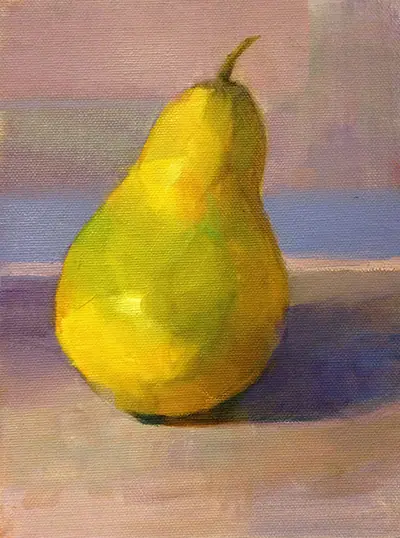The Meaning, History and Relevance of Still Life Paintings
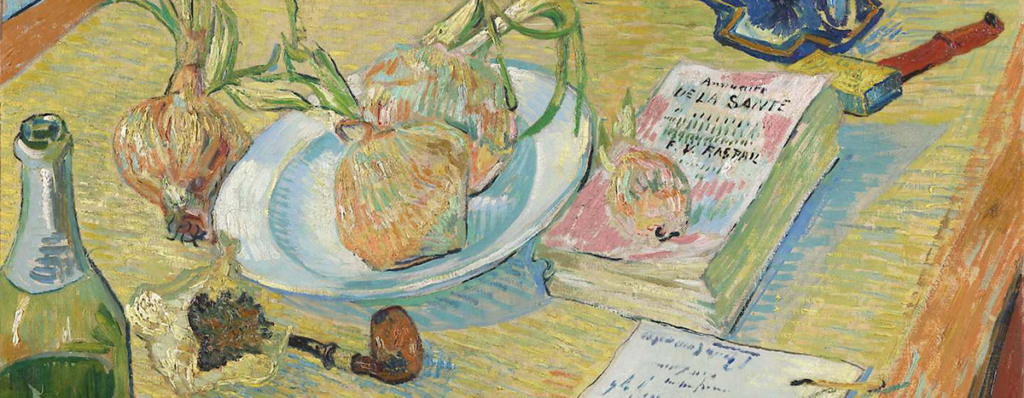
You’ve probably come across still life paintings many times either in the art gallery or in art books. In this post, you are going to learn about still life paintings, their history and why they’re still very much popular today.
What Is Still Life Painting?
A still life painting is the form of artwork that features an arrangement of organic objects such as flowers, food, wine, etc. as its subject. The subject may also include manufactured items such as books, glassware, pottery, and bottles. The term is generally used to describe an artistic piece that foregrounds inanimate or insentient objects that are carefully selected for their religious or symbolic meanings.
The term “still life” is derived from a Dutch expression, stilleven. The French refer to the subject of the still life art as nature morte which literally translates to “dead nature.” In the words of Edouard Manet, the famous French painter, still life is “the touchstone of painting.” This view was shared by major figures like Paul Cézanne, Pablo Picasso and Georges Braque.
How Did Still Life Paintings Start?
The presence of still life paintings is observed across popular movements in human history. However, it only became a unique art form in the post-Renaissance era.
The earliest creations of still-life are credited to ancient Egypt. Dating back to the 15th Century BCE, people created funerary paintings featuring objects and food items such as fish, crops, and meat offered as sacrifices to the gods and the dead in temples and tombs.
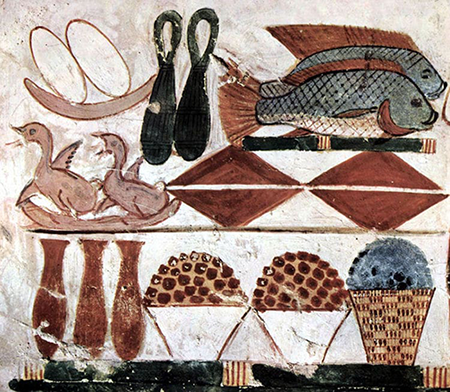
Similar painting was also found in the ancient Greek and Roman empires. The ancient Greeks and Romans depicted still life subjects on wall paintings and mosaics. Their paintings are believed to be more realistic than the Egyptians’ as they feature highlights and shadows. They’re however criticized for lack of accuracy in terms of perspective.
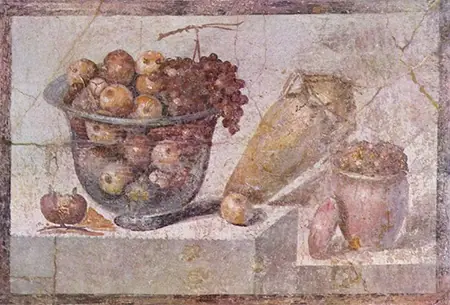
Like any typical work of art, still lifes are used to depict the prevailing mood and consciousness of a particular group of people at a particular time. Sometime in the Middle Ages, artists began to use still life for religious reasons. Inanimate objects were featured in the attempt to graphically illustrate certain Biblical scenes.
The same idea was replicated in the decoration and design of illuminated manuscripts. For example, objects such as seashells, coins, fruits, and coins were used to design the borders of many books published at the time. An example of such books was Hours of Catherine of Cleves published in the 15th Century.
In the 17th century, Northern Renaissance artists in Holland developed a wild interest in creating realistic images of everyday life. This period saw a soaring popularity of flower paintings, among others. These artistic pieces featured bright and colorful flora collected from different countries of the world in one vase.
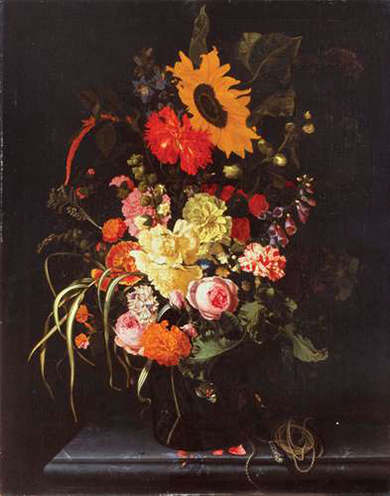
Still lifes remained an integral aspect of the modern art movement. Iconic impressionist figures like Pierre-Auguste Renoir ventured into the genre. The genre was also favored by post-impressionist artists like Vincent Van Gogh and Paul Cézanne. In fact, Cézanne holds a reputation for creating a famous series of still lifes that featured apples, water jugs, and wine bottles placed on tabletops.
Still-life paintings are still an important part of contemporary art. Contemporary artists showcase paintings featuring modern-day foods, drinks, and other easily relatable items in a typically hyper-realistic manner. Roy Lichtenstein’s paintings had a huge influence in the seventies. He portrayed everyday items in references to great artists of the past. His paintings were done on canvas and palettes.
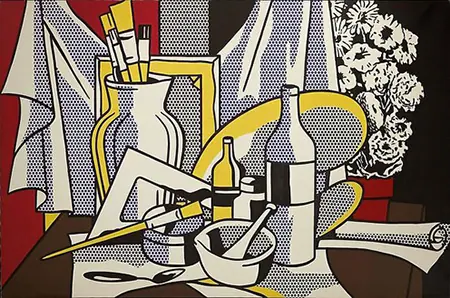
Why Do Artists Paint Still Life?
Traditionally, still life is used to convey diverse messages ranging from appreciation of nature to lessons of timeless truth. For example, during the Dutch Golden Age, artists of the time were densely preoccupied with the themes of death and mortality. Their paintings were inspired by memento mori, aLatin expression meaning “remember that you must die.” They deployed elements such as skull, clocks, hourglasses and burning candles to remind viewers about the temporariness of life and inevitability of death.
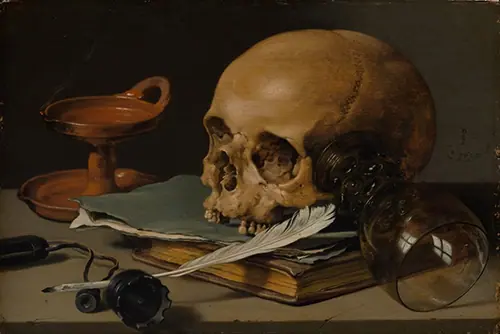
Closely related to memento mori paintings are vanitas paintings. But unlike the former which mainly relies on death-haunting elements to achieve its symbolism, vanitas paintings use objects of earthly pleasure such as musical instruments, wines and books. These symbols are deployed to draw the line of division between the ‘ephemerality’ of life and ‘eternality’ of the glory of the afterlife. Vanitas reminds the viewers that earthly activities are “vanity of vanities, all is vanity.” The subject matter of most present day still-life artists is to project ordinary items in an aesthetic style. For example, most contemporary artists draw inspirations from objects around them such as food, houses, technological gadgets, etc. While some of these items may not be intended to communicate serious themes such as death, they’re suggestive that everyday objects can be made into masterpieces.
Why Are Still Life Paintings Popular Today?
Like other genres of art with ageless existence, still-life paintings are still very much popular in our world today. One of the reasons for this is the need to convey the mundane items of modern life as an expression of pleasure and beauty. Still-life artists seek to recreate their physical world in the most creative and imaginative manner.
Also, still life can be used to study the composition, elements and principles of art. For anyone willing to improve their skills to realistically present an object from life, practicing still-life pieces can tremendously increase their ability. Such individuals can learn how to compose scenes using shapes, color and lighting.
Who Is The Most Famous Still Life Artist?
Paul Cézanne is often considered as the greatest still life artist ever. He’s noted for his unconventional approach to painting real objects. While most painters’ subject matter was to capture objects precisely, Cézanne was most interested in color, form and line. He holds an unmatched reputation for his mastery of design tone and composition. His famous still life paintings include The Baskets of Apples, Still Life with Red Onions, Fruit Bowl, Glass and Apples, Curtain, Jug and Fruit, among others.
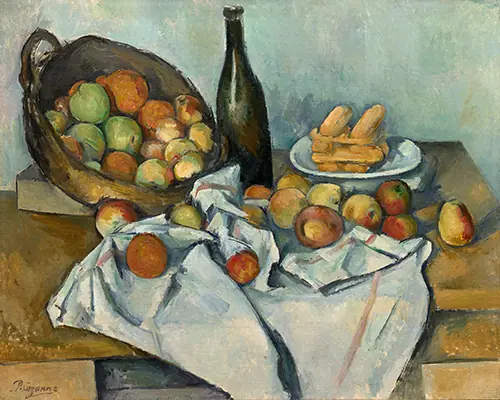
However, notable artists such as Pablo Picasso also had meaningful impacts on the development of the genre. His famous still-life paintings include Green Still Life, Still Life with the Canned Chair, Nature Morte, and Guitar, and so on.
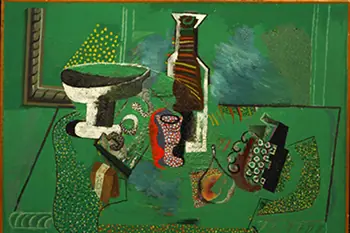
Meet Barbara Hyman
Barbara Hyman is one of the leading figures in the contemporary still life artistry in the United States. Barbara is a creative painter whose works, including still life oil paintings and drawings hang in collections in Pennsylvania and New York.
She holds a B.A in Art History from West Chester University, Pennsylvania. She’s an alumna of many schools of art such as the prestigious National Academy of Design, NYC.
The thematic preoccupations of her works cut across humanity, existence, beauty and nature. Her works have been featured in some major art exhibitions and academics such as the Documentary Film Festival at Bay Street Theatre, Sag Harbor in New York.
Barbara’s still life works reflective of the masterpieces of Cézanne and other highly-rated still life artists of all time. She meticulously features everyday items in her works to project the mood and fashion of modern life.
Barbara Hyman
Email: [email protected]

